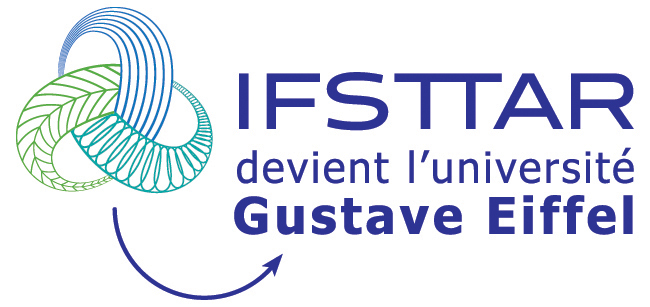New generation of generic synchronized wireless sensors for SHM
Résumé
PEGASE (generic expert platform for embedded wireless applications) is the trade name of a generic wireless sensor platform designed and built by University Gustave Eiffel since 2008. The PEGASE concept is essentially based on a generic vision of its hardware and software capabilities. Hardware genericity is ensured by a principle of plug-in motherboards and daughterboards. The PEGASE motherboard integrates the most common functions of typical data logger systems with specific wireless capabilities and robustness for outdoor field applications: providing computing, power management, multiple I/O and wireless communications, time synchronization. This first-generation PEGASE has been designed in house and sold by a third-party industrial company in thousands of units since 2008. As electronics is a fast-moving field, a second version in 2016 was designed to mitigate the problems of computing power (ram, storage, etc.) and a third one in 2018 incorporating absolute time-stamping of acquisitions has been industrialized. Time-stamping enables data acquired by different sensors to be merged and flight times to be calculated. They are therefore used in a wide range of SHM applications, such as acoustic monitoring of bridge cables, strain gauge monitoring, vibration monitoring, etc. In 2023, the fourth generation of the PEGASE was developed, its electronics not only more powerful, with the addition of a real-time core, a new generation of wi-fi, more storage... But software's improvements have also enabled it to go even further in the field of synchronization. In fact, in addition to absolute time stamping of acquisitions, the PEGASE 4 platform enables in-phase acquisitions. As a result, 2 PEGASE cards with nothing in common will acquire data with an offset of less than a hundred nanoseconds. This new hardware and software design is also accompanied by a new daughter board. The addition of these, together with new synchronization and phase acquisition methods, are used in fields such as guided waves and acoustic emission. Finally, the BSP (board support package) and the software to be installed on the PEGASE board (driver for the various daughter boards, tools, sdk...) are intended to become open source. In this way, third parties can use the boards and the software embedded on them to carry out their own instrumentation cases. In this paper we will present and discuss the new functionalities of this fourth generation. Perspectives will also be addressed.
Domaines
Sciences de l'ingénieur [physics]| Origine | Fichiers produits par l'(les) auteur(s) |
|---|


